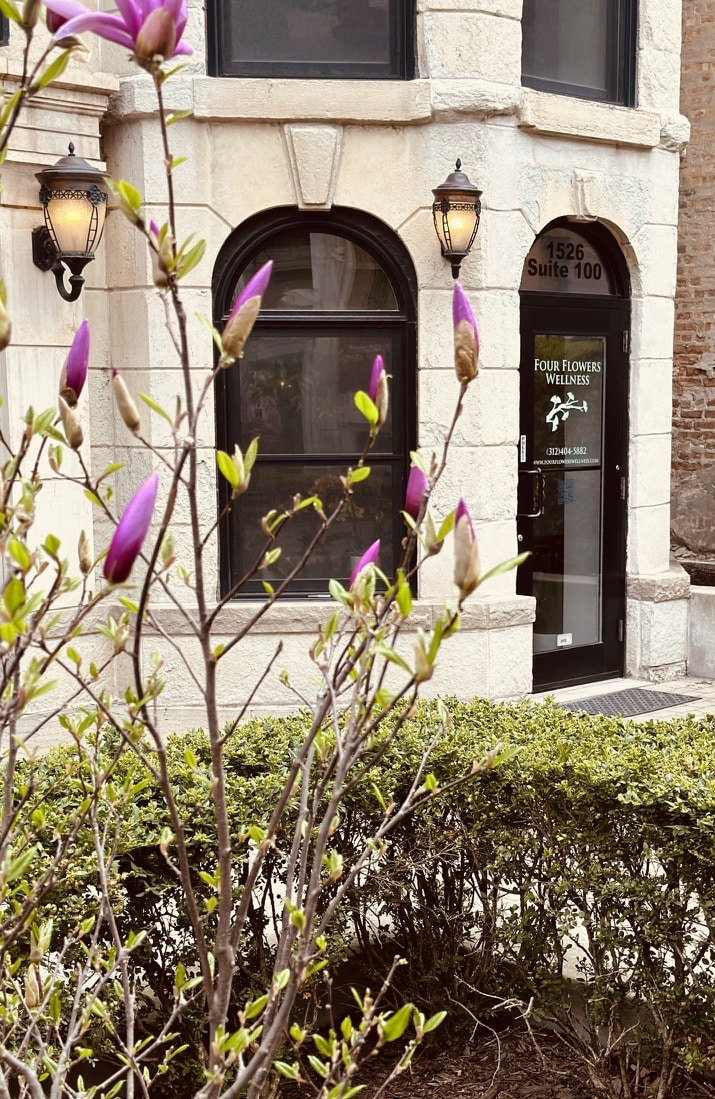
East Asian medicine operates in a very different paradigm from conventional medicine. A Western medical diagnosis is typically a determination of the factor causing the patient’s symptoms, but what an individual patient is experiencing is irrelevant to the diagnosis. An East Asian medical assessment looks at the patient’s symptoms and constitution, placing the emphasis on an individual’s experience of disease, and this is the guiding factor in choosing acupuncture points or composing an herbal formula.
The Flu
According to the Western model of diagnosis, the flu is a disease caused by the influenza virus. Whether the patient has breathing problems, stomach upset, or aching muscles, it is still the flu. Treatment may include drugs to destroy the virus and treatment for the symptoms until the patient recovers.
To an East Asian medicine practitioner, the patient’s symptoms guide diagnosis. If the main symptoms appear in the lung, it will be treated as a lung disorder, or if the symptoms primarily affect the stomach, it will be treated as a stomach disorder. While Eastern medicine recognizes the presence of germs, the questions asked tend to revolve around the patient: ‘Why did this person get sick while other people did not?’; ‘Why is this patient feeling nauseated while another has a sore throat?’; ‘Why is this person not recovering quickly?’. All of that person’s symptoms are taken into account, painting a full health picture for that individual. Often, symptoms that are considered irrelevant to Western doctors fit easily into an Eastern medical model. Feeling the pulse at the wrist and examining the tongue fill in the rest of the picture, giving the practitioner clues as to the underlying constitutional factors in that person’s illness.
How Diagnosis Guides Treatment
Treatment in Eastern medicine is similarly focused on the patient. Acupuncture points, herbs, and accessory techniques are chosen to treat the overall picture and relieve specific symptoms. Just as multiple symptoms can fit into one coherent picture, individual acupuncture points and herbs work together in harmony. No two patients are ever the same, and no two treatments are the same. The practitioner’s goal is to compose a treatment that forms a perfect complement to the patient’s health picture, guiding that person toward recovery.



